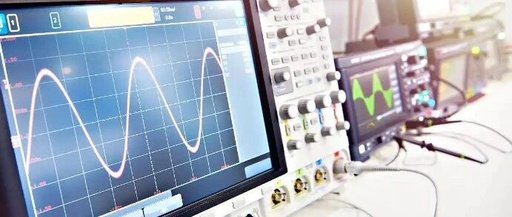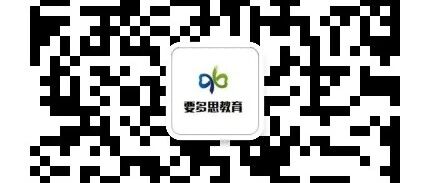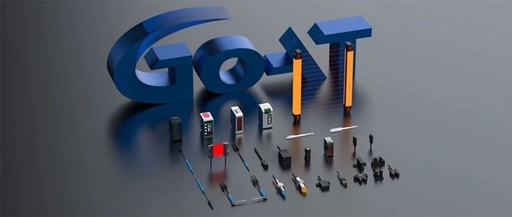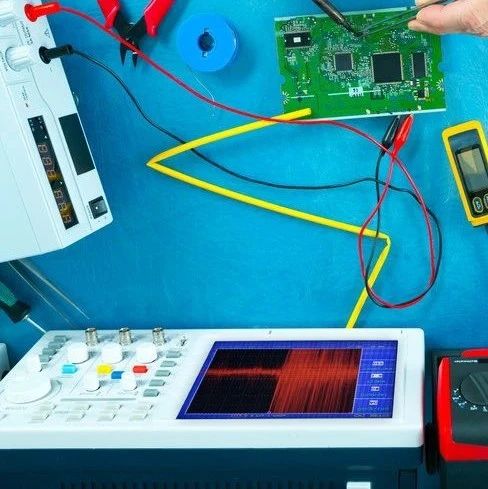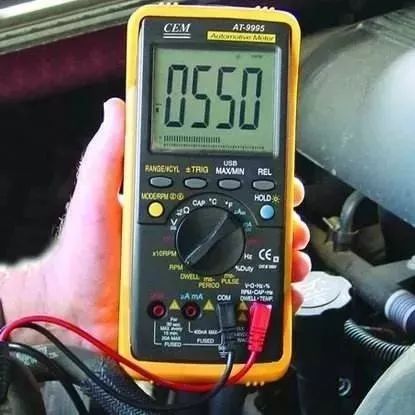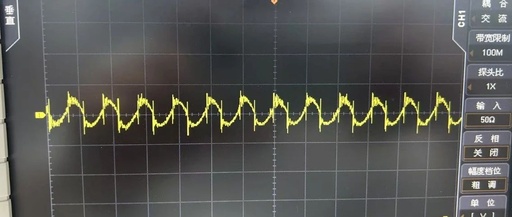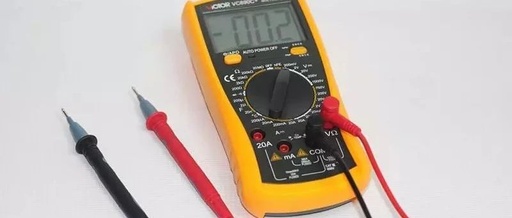Should the Ground Connection of an Oscilloscope Be Disconnected?
Many people have probably done this: disconnecting the “ground” of the oscilloscope’s power supply as shown in the figure below:Initially, I didn’t understand why the “ground” should be disconnected!First, let’s state the conclusion: the ground of the oscilloscope definitely has significance; if it didn’t, the manufacturer wouldn’t provide it!Let’s first look at how the oscilloscope’s … Read more
